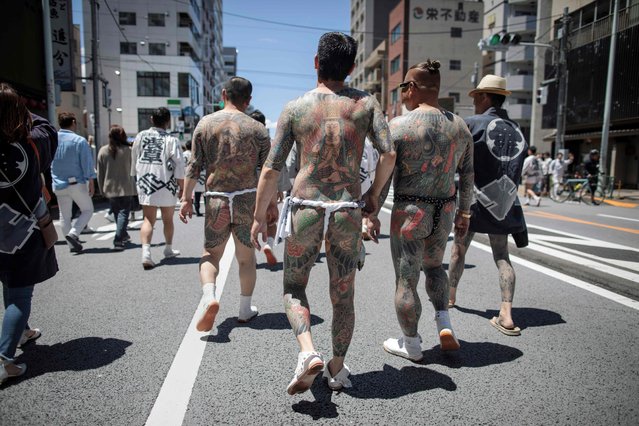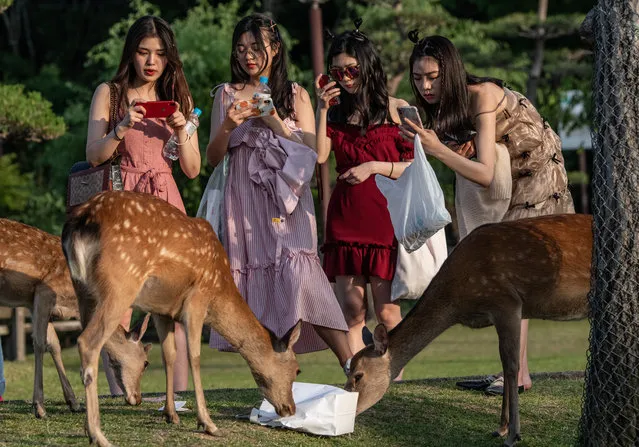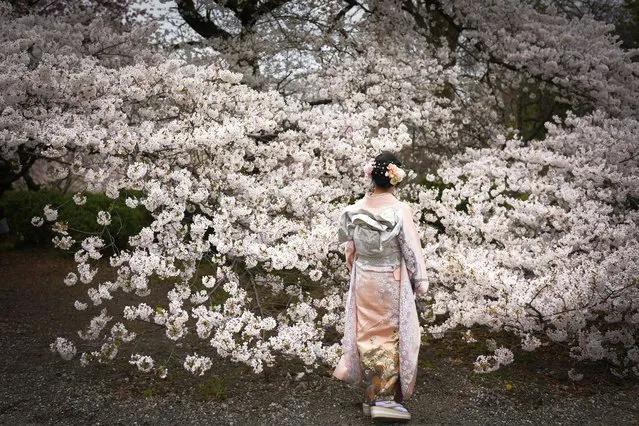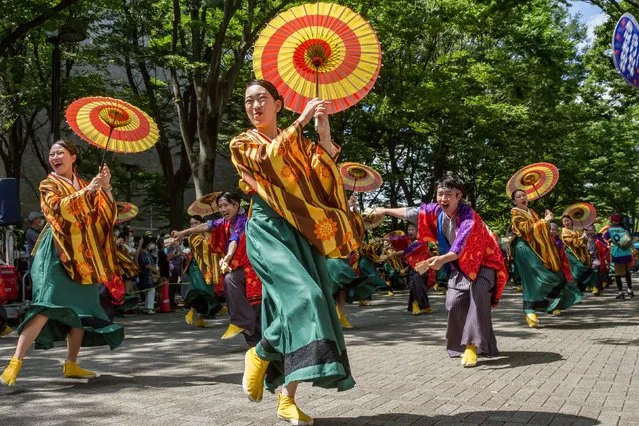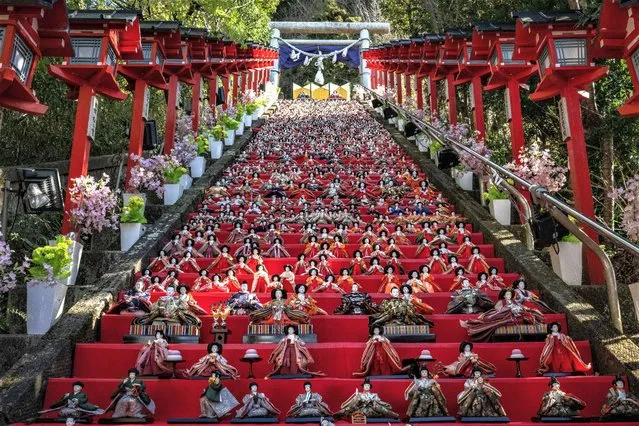
Japanese ornamental dolls (hina dolls) are displayed on the stone steps at Tomisaki shrine during the Katsuura Big Hinamatsuri festival in Katsuura city of Chiba prefecture on February 28, 2023. (Photo by Yuichi Yamazaki/AFP Photo)
11 Mar 2023 03:52:00,post received
0 comments

